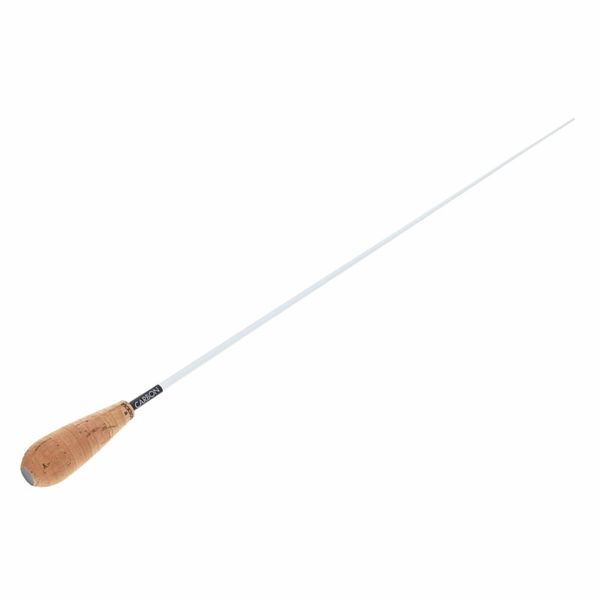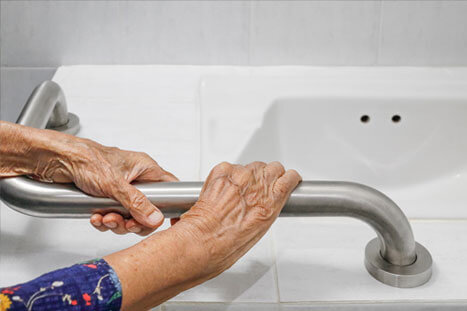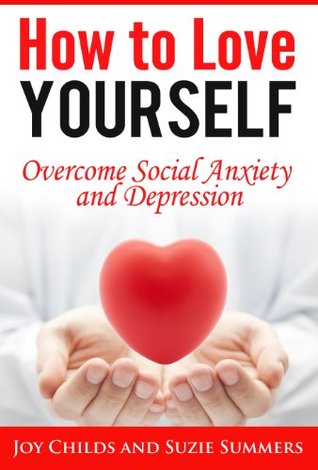
A threat to oneself in self defense psychology often means that one is threatening one's identity. The fact that the threat to one's identity is pathological means it doesn't care who is hurt, often hinders this defensive response. It is possible to change your perspective and decrease the perceived threat by affirming a valuable value for yourself. The following are three examples of pathological threats. Read on to learn more about each of them.
Psychopaths don't care who gets hurt
A psychopath won't care if you don't have an instinct for self-defense. They do not have any remorse for what they do and will not care who gets hurt. They will never feel sorry for hurting anyone and they won't care if that person gets hurt. Psychopaths have an extremely high sense of self and believe that the laws of the world do not apply to them. These people will also do anything they can to get away with it, including harming other people.
They don't care about who is hurt
Psychopaths on the other side don't care if anyone else is hurt in self defense and are more likely to be manipulative. They create a sense of fear in their victim, and often veil their threats with stories of disappearances or family secrets. This manipulation strategy plays on victims' emotions and minds so that they comply with the bully.

Imperfect self-defense
There is a distinction between imperfect and ordinary self defense. When a person believes he or she's in imminent danger and is forced to resort to using deadly force to defend himself or herself, it is called imperfect self defense. Unlike ordinary self-defense, though, this doctrine doesn't apply to every case, and is only appropriate in cases where an individual is trying to protect himself or herself from a deadly threat.
Deadly force
When self defense is being used, deadly force is permitted if the person using it believes that he/she will be seriously injured/killed. To justify the use of deadly force, a rapist must threaten to harm the victim with a substantial risk of death or great bodily injury. There are four main elements that make force deadly. These four elements make a force deadly: an unprovoked attack and use of an objectively acceptable amount of force must all be justifiable, as must the fear of harm or death. But, there are exceptions: excessive force during initial attack and withdrawal.
Motivational theory
Developed by R.W. Rogers developed the protection motivation theory in 1975. This theory was later extended in 1983. The major topics covered were the prevention of smoking and the dangers of cancer. Some minor topics included the use of a bicycle helmet, reducing caffeine intake, improving oral hygiene, pain management in the post-surgical period, and safe pesticide use. The research shows that the psychological and physiological factors affecting self defense are the same as for other topics.

Denial
The primitive defense mechanism of denial is called denial. It can be used as a standalone defense mechanism or along with other subtle mechanisms in order to avoid unpleasant emotions and areas of life. A student might, for example, refuse to admit their inexperience on a test. A person might also avoid acknowledging that they did not prepare well for a presentation, by minimising their effort. Denial in self-defense can be dangerous.
FAQ
What is a good exercise routine?
Regular exercise is key for staying in shape. It doesn't matter what type of fitness activity you choose as long as you do it regularly. The key thing is consistency. It is important to stay consistent in order to get results.
Begin by walking for a few minutes each day. Then gradually increase the time spent exercising until you spend 30 minutes a day working out. This could include running, cycling, swimming, weight training, yoga, or aerobics classes.
It is important to exercise every day of the week. Don't skip any sessions unless you have a valid reason for not attending.
Wear appropriate clothing and footwear when exercising outdoors. You also need to consider the weather conditions and whether they affect your ability to exercise safely.
When exercising, ensure you drink lots of water. Avoid alcohol consumption during this time as it can lead to dehydration. Caffeinated beverages such as tea, coffee, and cola should be avoided. They may give you energy, but they will also dehydrate you.
You might feel tired when you start to exercise for the first time. You'll feel more energetic and refreshed if you keep going with your exercise program.
Which order is best for working out?
It all depends upon what you are trying to achieve. You should start with heavy weights if your goal is to build muscle mass. Then move into cardio. Then if you want to lose weight, go from cardio to strength training.
Cardio can be done if you want to just lose fat. After that, you can add strength training.
Then if you want to gain muscle mass, do cardio last because it stimulates growth hormones which help build muscle mass.
It is important to eat before going to work out. This will fuel your muscles, making them work harder. Plus, it makes you feel better during your workout.
How can I lose weight by avoiding certain foods?
Avoid trans fats. Trans fats increase LDL (the harmful) cholesterol and lower HDL (the good).
Trans fats can be found in fast food, deep-fried foods, packaged baked goods, snack cake, and other processed foods.
These unhealthy fats also contribute to inflammation, leading ultimately to heart disease or diabetes.
Artificial sweeteners are also to be avoided. Artificial sweeteners can increase your risk of developing cancer.
These chemicals can be found in soft drinks, chewing gum, and candy bars. They also appear in meat, poultry and eggs.
Artificial sweeteners are saccharin (cyclamate), sorbitol and aspartame.
The American Heart Association suggests that you avoid these chemicals as they can cause DNA damage in your cells.
What does butter have to do with men?
Butter is one of many good sources of saturated fats. This type of fat contributes to healthy skin, hair, and stronger bones.
Vitamin K, found in butter is an antioxidant that prevents bleeding from cuts. Vitamin K and vitamin C work together to prevent bruising.
Butter is rich in minerals such as calcium, potassium, and phosphorous. These elements promote stronger bones and teeth.
Butter has its limitations. Butter is high in cholesterol. Some studies show that consuming too much cholesterol may increase the risk of developing cardiovascular disease.
Butter is also high in saturated fat which can lead to obesity and higher cholesterol.
You can spread butter on bread if you are forced to use it. Bread will absorb more oil than pasta or potatoes.
Statistics
- 10 pounds in a month is likely during a lean bulking phase, especially for beginners. (muscleandstrength.com)
- Are You One of the 20% of Guys (mh.co.za)
- According to the American Academy of Dermatology (AAD), men over 50 are at a heightened risk of developing it. (healthline.com)
- By John Thompson Take a whopping 38% off a set of PowerBlock Pros. (menshealth.com)
- The PRS enabled risk stratification for overall prostate cancer and lethal disease with a four-fold difference between men in the highest and lowest quartiles (HR, 4.32; 95% confidence interval [CI], 3.16-5.89). (pubmed.ncbi.nlm.nih.gov)
External Links
How To
How can a man lose weight in just 30 days.
It is best to break down difficult goals in small, manageable steps.
It is important to work towards your goal every day. This could be as simple as doing 10 pushups and running for 3km.
If you do this consistently over time, you will see positive results.
You must be consistent. Keep at it until success!
What is the main difference between Aerobic Fitness or Anaerobic Fitness
Anaerobic fitness describes the body's ability not to use oxygen to perform intense physical tasks. During periods of high-intensity exercise, we use anaerobic pathways to provide enough energy to complete the task. Anaerobic pathways include glycolysis, creatine phosphate, the phosphagen, lactic acid, etc.
Aerobic fitness, however, refers to the continuous practice of low-intensity aerobic exercise. When performing aerobic exercises oxygen is used to fuel the cells. In other terms, the aerobic pathway has more energy that the anaerobic.
For example, if you want to run a marathon, you must first build up your aerobic capacity. If you concentrate on building your anaerobic capability, you won’t be able complete the race.
Aerobic fitness can also be called cardiovascular fitness. The two most commonly used methods of measuring cardiovascular fitness, are VO2 Max testing and step tests.
VO2 Max Testing
The body's maximum oxygen consumption during exercise is called the VO2 Max. This test measures the amount of O2 the body can utilize while exercising.
This is one of the most accurate tests to measure cardiovascular fitness. However, the test can only be administered by highly trained professionals and requires expensive equipment.
Step Tests
Step tests are simple yet effective methods of measuring cardiovascular fitness. They involve walking or jogging on a treadmill or track for a certain duration based on your age and weight.
These tests cost little, are quick and simple to do, and can be carried out almost anywhere. For instance, you can walk on a treadmill for 2 minutes, rest for 1 minute, repeat this process for 20 minutes, and then stop. Your heart rate should remain within a specific range throughout the whole session.
This method is known by the "Bruce Protocol". Bruce, himself a runner developed this protocol when he realized his heart rate didn't rise when he ran long distances.